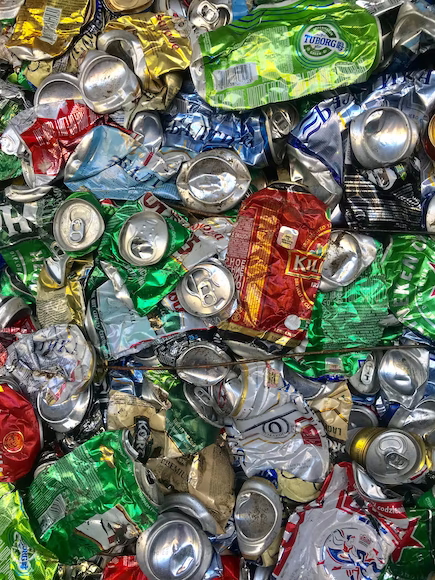The global standards for codifying and reporting on emissions have expanded. Nearly all sources of GHG emissions fall under three different categories, Scopes 1 through 3. Companies need to understand what elements of their business to report and what to measure. Currently, only Scope 1 and 2 are mandatory to report, but soon Scope 3 emissions may also be required. So what is the difference between the three?
Scope 1

Scope 1 refers to the emissions that come from facilities or equipment under the company’s direct control. Generally, this is defined as the CO2 from fuel combustion, like from vehicles or boilers. Any fuel that creates a GHG gas must be reported as a scope 1 emission. These emissions are neither upstream nor downstream, but the most visible carbon that a company produces. Other sources of Scope 1 include escaping greenhouse gases and process emissions. Both of these tend to come from stationary production, like factory fumes and air conditioning units. Scope 1 emissions are currently mandatory to report.
Scope 2

Scope 2 is very narrow in definition – it includes GHG emissions exclusively from the purchase of energy. This tends to cover heating, cooling, and the general consumption of electricity. Energy production amounts to roughly 40% of greenhouse gas emissions, while half of those emissions are specifically industrial or commercial. These emissions are indirect, in that they come from the utility provider. Nevertheless, with energy prices on the rise and emission controls tightening, companies must learn how to limit their energy consumption. Future Bridge has created an overview of some methods a business can use to limit power use. Similar to Scope 1, Scope 2 emissions must be reported.
Scope 3

Scope 3 covers the various indirect, upstream, and downstream sources of CO2 emissions. Upstream sources vary from business to business but can include travel and commuting. The general waste created during operations is also included in Scope 3. This is a result of wastewater treatment and garbage disposal creating some GHG gasses. The transportation of goods can be both upstream and downstream, depending on the situation. Third-party warehousing falls into the downstream category, together with investments, franchises, and leased assets. While it is not yet mandatory, companies should already investigate how to measure and report these emissions. Identifying GHG hotspots in a value chain is vital to start developing a carbon footprint reduction plan.
When do companies need to have their Scope 3 strategy in place?
As of this October, the The International Sustainability Standards Board has voted to make Scope 3 emissions reporting mandatory. There is not yet a precise date given, but an ISSB spokesperson stated that the rules should be finalized by early 2023. To help companies through the transition, there will be relief provisions, which could include time extensions for reporting. Regardless, by the end of 2023, companies will be required to report on all three areas.
What should companies know?
Companies are going to come under more and more scrutiny for their GHG emissions. As the definitions and regulatory framework shift, the burden of reporting will also expand. Businesses need to keep track of laws and regulations to avoid the risks of fraud and greenwashing allegations. Even now, governments and consumer protection agencies are vigilantly investigating a company’s “green” claims. A tried and true approach would be to connect with peers to learn from existing experience with emissions reporting.
The Global Summit on Scope 3 Emissions Reduction will bring together key industry experts to learn more about reporting strategies & carbon data management in a small-scale, industry-driven event, on 20-21st April 2023 in Amsterdam, the Netherlands. The two-day, hybrid event will feature in-depth case studies of supply chain transformation, carbon accounting, and networking breaks dedicated to exchanging insights and expertise on tackling Scope 3 emissions. Visit future-bridge.eu or follow us on our social media to track other energy use and decarbonization events.





